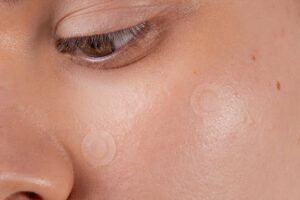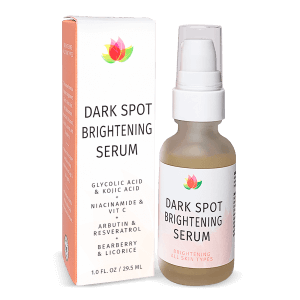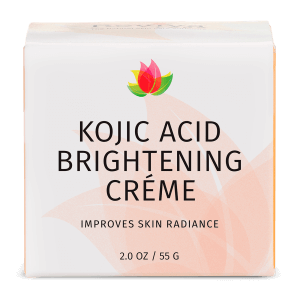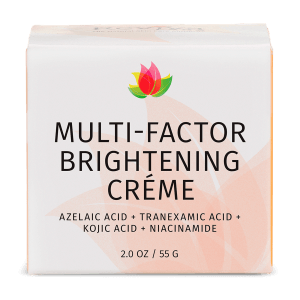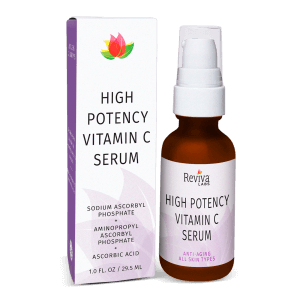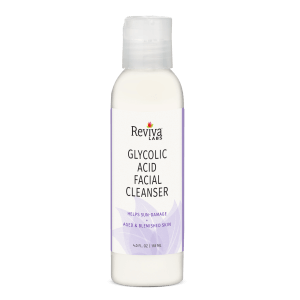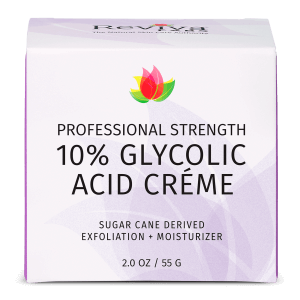Natural, Reviva Labs, Skin Care
What Can I Use to Get Rid of Dark Spots on My Face
Did you know that hyperpigmentation, often appearing as dark spots, affects nearly 45% of adults globally, regardless of age or skin tone? These stubborn marks can result from sun exposure, hormonal shifts, or the aftermath of acne. While they pose no health risks, they can dampen confidence and complicate achieving a smooth, even complexion. The good news? With the right care, fading these spots and preventing new ones is entirely possible. Let’s explore the best strategies for reducing dark spots on your face—naturally, effectively, and sustainably.
Understanding Why Dark Spots Form
Dark spots, also known as hyperpigmentation, occur when the skin produces excess melanin, the pigment that gives skin, hair, and eyes their color. This can be triggered by several factors, including sun exposure, hormonal changes, inflammation, and even genetics.
Acne scars, for instance, are a common culprit. After a breakout, inflammation can stimulate melanocytes (the cells that produce melanin), leaving behind dark marks that linger long after the blemish heals. Hormonal imbalances, particularly during pregnancy or due to contraceptive use, can cause melasma—patchy areas of discoloration on the face. And then there’s the sun, which not only deepens existing pigmentation but also creates new spots through prolonged exposure to harmful UV rays.
While hyperpigmentation may fade on its own, this process can take months or even years without targeted intervention. The key to success lies in choosing the right treatments and sticking to a consistent skincare routine.
Topical Treatments That Target Dark Spots
For fast, noticeable results, topical treatments with clinically proven ingredients are a must. They work by lightening pigmentation, promoting cell turnover, and protecting against further damage.
One powerhouse ingredient is Vitamin C, a brightening agent that neutralizes free radicals while inhibiting melanin production. Applied daily, Vitamin C can fade dark spots and enhance your skin’s overall radiance. Look for products containing ascorbic acid or its derivatives for optimal results.
Another effective option is glycolic acid, an alpha hydroxy acid (AHA) that gently exfoliates the skin. By removing dead skin cells on the surface, glycolic acid reveals newer, healthier skin underneath. Regular use can significantly improve uneven tone and rough texture.
Niacinamide, a form of Vitamin B3, is also celebrated for its ability to reduce pigmentation. Unlike harsher treatments, niacinamide is gentle enough for all skin types, making it a great option for sensitive skin.
Retinoids, derived from Vitamin A, work wonders too. These compounds speed up cell turnover, allowing pigmented cells to shed faster. Over time, this process diminishes the appearance of spots and improves overall skin clarity.

The Role of Natural Remedies in Your Routine
If you prefer gentler, at-home solutions, natural remedies can complement your skincare routine. While they may take longer to show results, their soothing properties often make them a good choice for those seeking mild yet effective options.
Aloe vera, for instance, contains aloin, a compound that has been shown to lighten pigmentation. Apply fresh aloe vera gel directly to the skin and let it work its magic overnight. Its anti-inflammatory properties also make it ideal for calming irritation.
Green tea extract, rich in antioxidants, helps to reduce melanin production and protect the skin from environmental stressors. Using cooled green tea bags as a compress on affected areas is a simple, cost-effective treatment.
Another favorite is turmeric, a spice revered in Ayurvedic medicine. Its active compound, curcumin, reduces pigmentation and inflammation. Combine turmeric with yogurt or honey to create a nourishing face mask that brightens and hydrates.
Professional Treatments for Stubborn Spots
For dark spots that resist over-the-counter treatments, professional interventions offer more dramatic results. These treatments target the deeper layers of skin where pigmentation resides, delivering faster and more pronounced improvements.
Chemical peels use acids like salicylic acid or trichloroacetic acid to exfoliate the skin. This stimulates cell renewal and reduces the visibility of dark spots. Peels can be customized based on your skin’s sensitivity and the severity of your pigmentation.
Laser therapy is another powerful tool. By using concentrated light energy, lasers break down melanin deposits, leaving the surrounding skin unaffected. While highly effective, this option often requires multiple sessions and should be performed by a licensed professional.
Microneedling involves creating micro-injuries in the skin to stimulate collagen production. This not only helps fade pigmentation but also improves skin texture and elasticity.
Always consult with a dermatologist to determine the best treatment for your skin type and specific concerns.
Why Sunscreen Is Non-Negotiable
No matter which treatments you choose, sunscreen is the most crucial step in managing and preventing dark spots. UV radiation exacerbates hyperpigmentation, darkens existing spots, and can even reverse progress made with other treatments.
A broad-spectrum sunscreen with SPF 30 or higher shields your skin from both UVA and UVB rays. Apply it generously every morning and reapply every two hours if you’re outdoors. For added protection, consider physical sunscreens containing zinc oxide or titanium dioxide, which create a barrier against harmful rays.
Protective measures like wearing wide-brimmed hats, sunglasses, and UPF-rated clothing also go a long way in safeguarding your skin.
Building a Routine That Delivers Results
A consistent skincare routine is essential for reducing dark spots and maintaining a healthy complexion. Start with a gentle cleanser to remove dirt and impurities. Follow with a targeted treatment containing active ingredients like Vitamin C, glycolic acid, or niacinamide. Finish with a moisturizer to lock in hydration and, of course, sunscreen.
At night, use products with retinoids or AHAs to promote cell turnover. Incorporating a nourishing night cream or hydrating mask can further support skin recovery as you sleep.
Patience is key. While you may notice subtle improvements within a few weeks, significant fading often requires months of consistent care. Taking photos every few weeks can help track your progress and keep you motivated.
Small Lifestyle Changes with Big Impacts
Beyond skincare, your lifestyle choices play a crucial role in preventing and managing dark spots. A diet rich in antioxidants—think berries, leafy greens, and nuts—can help combat oxidative stress, a major contributor to pigmentation. Staying hydrated, managing stress, and getting enough sleep all support your skin’s natural repair processes.
Avoid picking at your skin or popping pimples, as this can lead to post-inflammatory hyperpigmentation. And remember, less is often more when it comes to skincare. Over-exfoliation or layering too many active ingredients can irritate the skin and worsen discoloration.
Moving Toward Radiance
Dark spots may be a common concern, but they’re far from insurmountable. With the right blend of treatments, protective habits, and patience, achieving a more even, radiant complexion is well within reach. Your journey to clearer skin starts with understanding your needs and embracing a routine tailored to you. Healthy, glowing skin is always worth the effort—because you deserve to feel confident every day.

